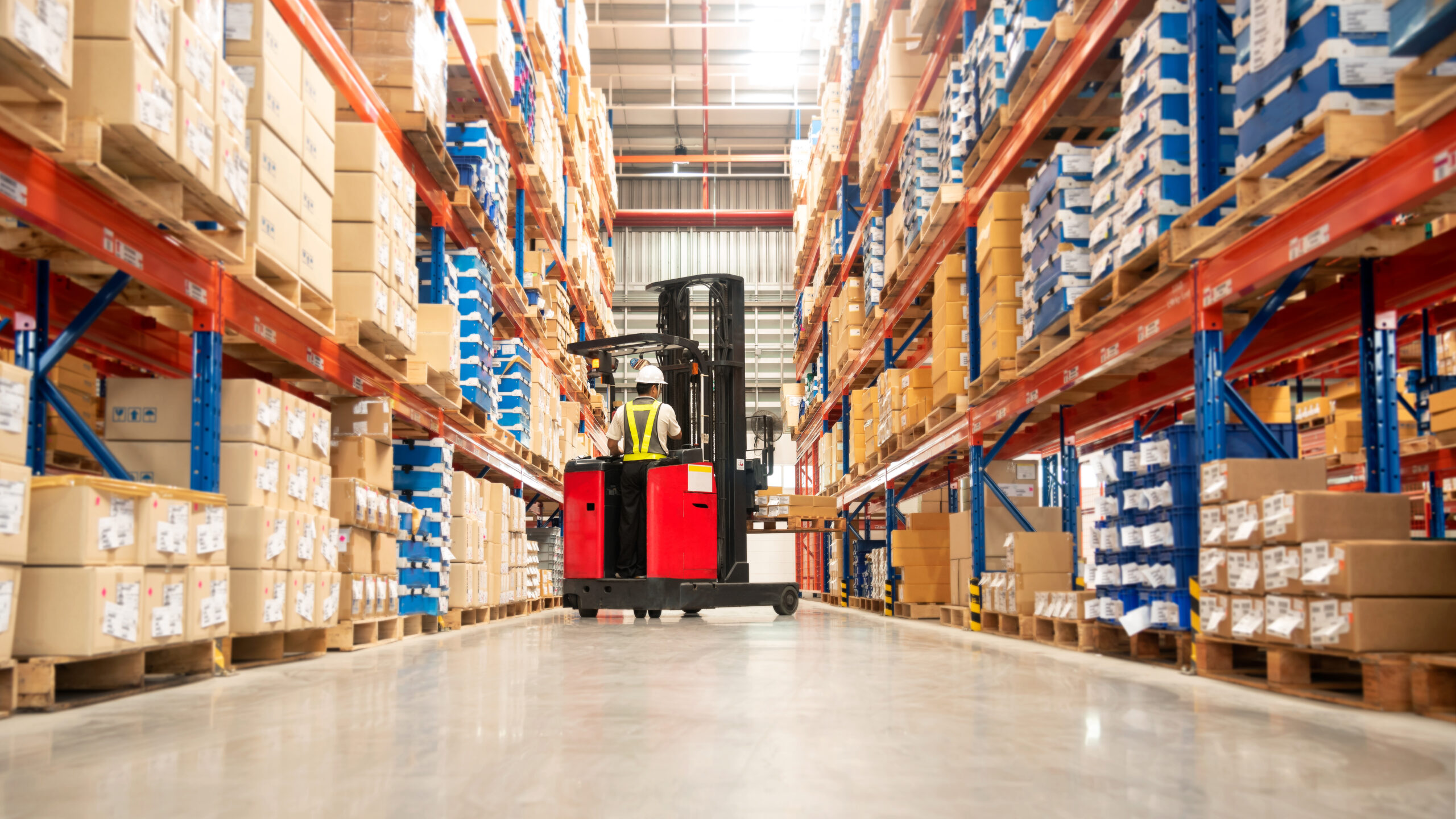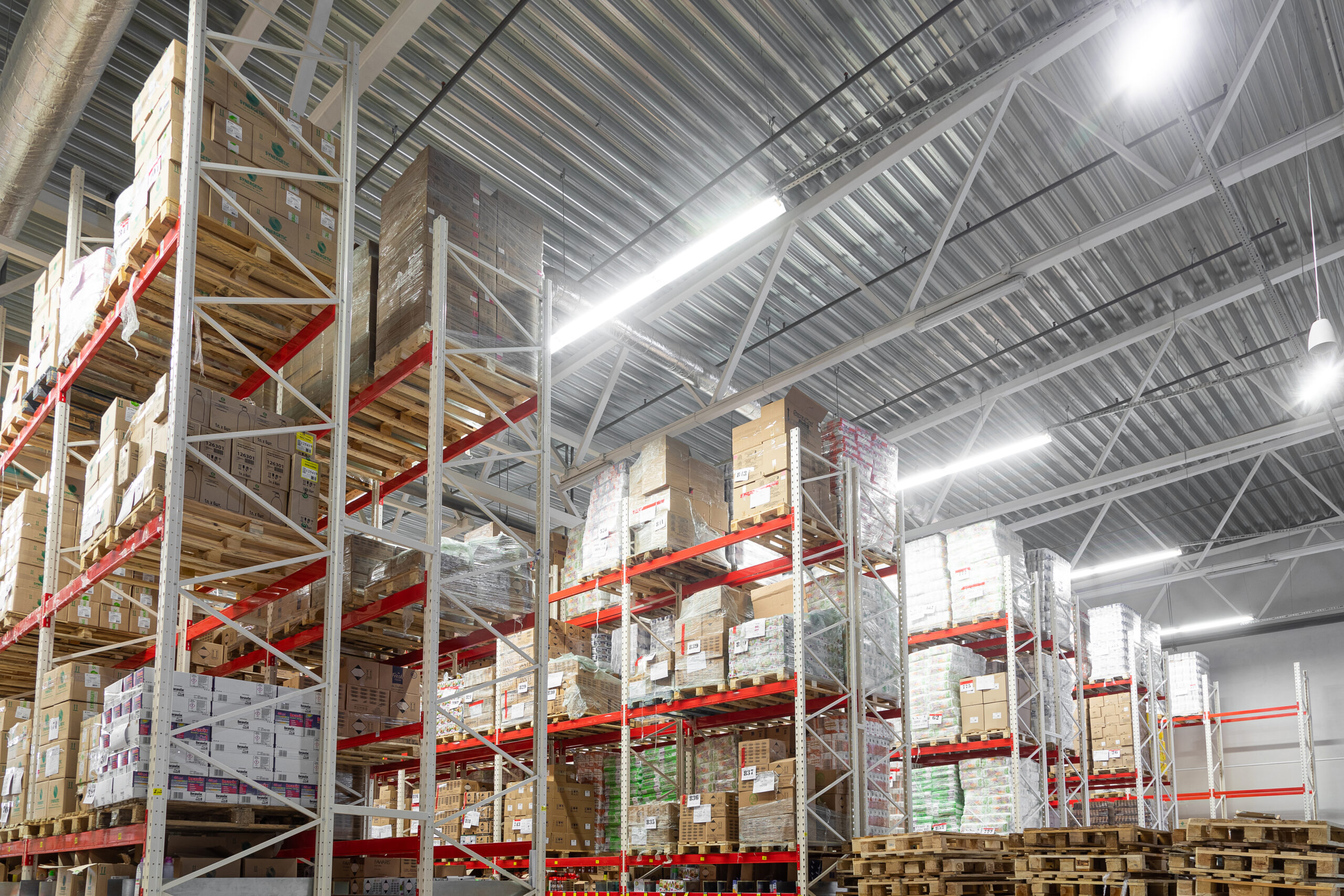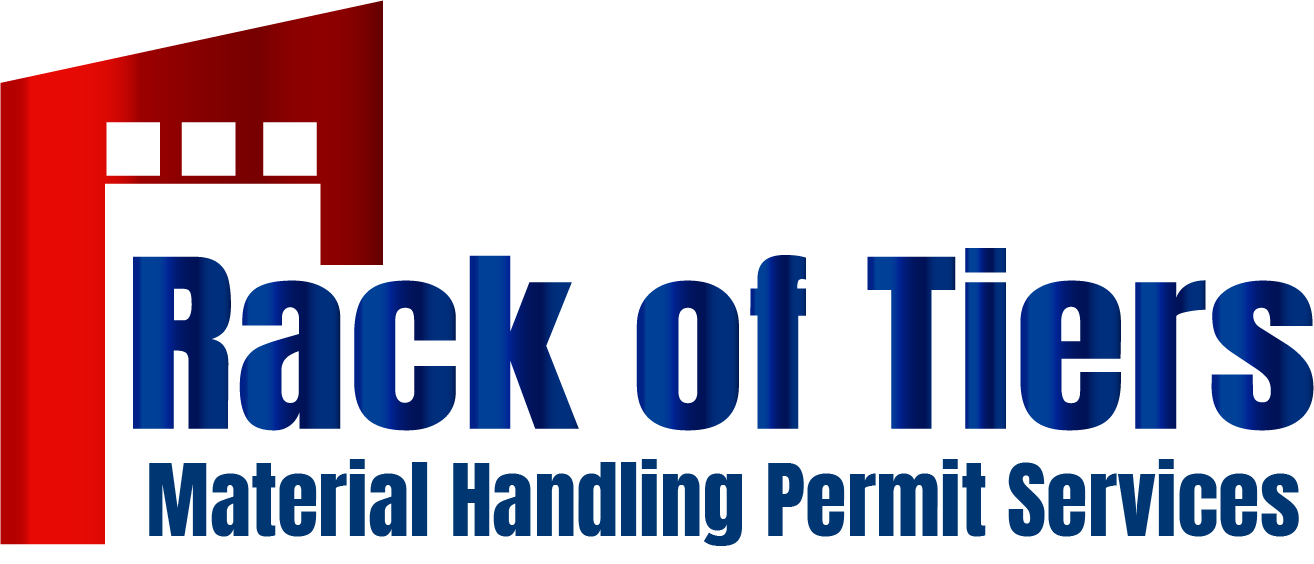High Piled Storage Permits
Permit Processing = High Piled Storage Permits
When the top of your load is 12’ or higher, you are required to obtain a high piled storage permit from your local fire authority. (12’ or higher to top of storage is a requirement with or without in rack storage.)
There is an exception with regard to High Plied Storage permits; if the storage area in question is less than 500 square feet you do not need to obtain High Piled Storage permits. You will, however, in most cases need to obtain Fire dept. approval before the City will issue your building permit.
High Piled Storage Permits and Building Permits are usually approved in conjunction with each other, meaning; You can not get one with out the other when both are required.
We have compiled a quick reference link list for business license and/or occupancy permit applications for cities in Los Angeles, Orange, and surrounding counties. This is a quick link reference to each listed city’s building, planning, or safety departments for warehouse pallet racks, shelving, and other storage systems.

LA County Code
High-piled combustible storage. An operational permit is required to use any building or portion thereof as a high-piled storage area exceeding 500 square feet (46 m2). In addition to any of the requirements of Chapter 32 of this code, a letter describing the type and amount of material to be stored and the method of storage, plus a floor plan showing the dimension and location of the stockpiles and aisles shall be submitted with applications for such permits.
Please click on this link for the entire code LA County Municipal Code
Section 3201 General
3201.1 Scope
High-piled combustible storage shall be in accordance with this chapter. In addition to the requirements of this chapter, the following material-specific requirements shall apply:
- Aerosols shall be in accordance with Chapter 51.
- Flammable and combustible liquids shall be in accordance with Chapter 57.
- Hazardous materials shall be in accordance with Chapter 50.
- Storage of combustible paper records shall be in accordance with NFPA 13.
- Storage of combustible fibers shall be in accordance with Chapter 37.
- General storage of combustible material shall be in accordance with Chapter 3.
3201.2 Permits
A permit shall be required as set forth in Section 105.6.
3201.3 Construction documents
At the time of building permit application for new structures designed to accommodate high-piled storage or for requesting a change of occupancy/use, and at the time of application for a storage permit, plans and specifications shall be submitted for review and approval. In addition to the information required by the California Building Code, the storage permit submittal shall include the information specified in this section. Following approval of the plans, a copy of the approved plans shall be maintained on the premises in an approved location. The plans shall include all of the following:
- Floor plan of the building showing locations and dimensions of high-piled storage areas.
- Usable storage height for each storage area.
- Number of tiers within each rack, if applicable.
- Commodity clearance between top of storage and the sprinkler deflector for each storage arrangement.
- Aisle dimensions between each storage array.
- Maximum pile volume for each storage array.
- Location and classification of commodities in accordance with Section 3203.
- Location of commodities that are banded or encapsulated.
- Location of required fire department access doors.
- Type of fire suppression and fire detection systems.
- Location of valves controlling the water supply of ceiling and in-rack sprinklers.
- Type, location and specifications of smoke removal and curtain board systems.
- Dimension and location of transverse and longitudinal flue spaces.
- Additional information regarding required design features, commodities, storage arrangement and fire protection features within the high-piled storage area shall be provided at the time of permit, when required by the fire code official.
3201.4 Evacuation plan
Where required by the fire code official, an evacuation plan for public accessible areas and a separate set of plans indicating location and width of aisles, location of exits, exit access doors, exit signs, height of storage, and locations of hazardous materials shall be submitted at the time of permit application for review and approval. Following approval of the plans, a copy of the approved plans shall be maintained on the premises in an approved location.
Section 3202 Definitions
3202.1 Definitions
The following terms are defined in Chapter 2:

Section 3203 Commodity Classification
3203.1 Classification of commodities
Commodities shall be classified as Class I, II, III, IV or high hazard in accordance with this section. Materials listed within each commodity classification are assumed to be unmodified for improved combustibility characteristics. Use of flame-retarding modifiers or the physical form of the material could change the classification. See Section 3203.7 for classification of Group A, B and C plastics.
3203.2 Class I commodities
Class I commodities are essentially noncombustible products on wooden pallets, in ordinary corrugated cartons with or without single-thickness dividers, or in ordinary paper wrappings with or without pallets. Class I commodities are allowed to contain a limited amount of Group A plastics in accordance with Section 3203.7.4. Examples of Class I commodities include, but are not limited to, the following:
- Alcoholic beverages not exceeding 20-percent alcohol
- Appliances noncombustible, electrical
- Cement in bags
- Ceramics
- Dairy products in nonwax-coated containers (excluding bottles)
- Dry insecticides
- Foods in noncombustible containers
- Fresh fruits and vegetables in nonplastic trays or containers
- Frozen foods
- Glass
- Glycol in metal cans
- Gypsum board
- Inert materials, bagged
- Insulation, noncombustible
- Noncombustible liquids in plastic containers having less than a 5-gallon (19 L) capacity
- Noncombustible metal products
3203.3 Class II commodities
Class II commodities are Class I products in slatted wooden crates, solid wooden boxes, multiple-thickness paperboard cartons or equivalent combustible packaging material with or without pallets. Class II commodities are allowed to contain a limited amount of Group A plastics in accordance with Section 3203.7.4. Examples of Class II commodities include, but are not limited to, the following:
- Alcoholic beverages not exceeding 20-percent alcohol, in combustible containers
- Foods in combustible containers
- Incandescent or fluorescent light bulbs in cartons
- Thinly coated fine wire on reels or in cartons
3203.4 Class III commodities
Class III commodities are commodities of wood, paper, natural fiber cloth, or Group C plastics or products thereof, with or without pallets. Products are allowed to contain limited amounts of Group A or B plastics, such as metal bicycles with plastic handles, pedals, seats and tires. Group A plastics shall be limited in accordance with Section 3203.7.4. Examples of Class III commodities include, but are not limited to, the following:
- Aerosol, Level 1 (see Chapter 51)
- Biomass briquettes, bagged, and static piles
- Biomass pellets, bagged, and static piles
- Charcoal
- Combustible fiberboard
- Cork, baled
- Corn cobs, static piles
- Corn stover, baled and chopped
- Feed, bagged
- Fertilizers, bagged
- Firewood
- Food in plastic containers
- Forest residue, round wood or chipped (branches, bark, cross-cut ends, edgings and treetops)
- Furniture: wood, natural fiber, upholstered, non-plastic, wood or metal with plastic-padded and covered armrests
- Glycol in combustible containers not exceeding 25 percent
- Lubricating or hydraulic fluid in metal cans
- Lumber
- Mattresses, excluding foam rubber and foam plastics
- Noncombustible liquids in plastic containers having a capacity of more than 5 gallons (19 L)
- Paints, oil base, in metal cans
- Paper, waste, baled
- Paper and pulp, horizontal storage, or vertical storage that is banded or protected with approved wrap
- Paper in cardboard boxes
- Peanut hulls, bagged, and static piles
- Pillows, excluding foam rubber and foam plastics
- Plastic-coated paper food containers
- Plywood
- Rags, baled
- Recovered construction wood
- Rice hulls, bagged, and static piles
- Rugs, without foam backing
- Seasonal grasses, baled and chopped
- Straw, baled
- Sugar, bagged
- Wood, baled
- Wood chips, bagged, and static piles
- Woody biomass, round wood or chipped (vase-shaped stubby bushes, bamboo, willows; branches, bark and stem wood)
- Wood doors, frames and cabinets
- Wood pellets, bagged, and static piles
- Yarns of natural fiber and viscose
3203.5 Class IV commodities
Class IV commodities are Class I, II or III products containing Group A plastics in ordinary corrugated cartons and Class I, II and III products with Group A plastic packaging, with or without pallets. Group B plastics and free-flowing Group A plastics are also included in this class. The total amount of non-free-flowing Group A plastics shall be in accordance with Section 3203.7.4. Examples of Class IV commodities include, but are not limited to, the following:
- Aerosol, Level 2 (see Chapter 51)
- Alcoholic beverages, exceeding 20-percent but less than 80-percent alcohol, in cans or bottles in cartons
- Clothing, synthetic or non-viscose
- Combustible metal products (solid)
- Furniture, plastic upholstered
- Furniture, wood or metal with plastic covering and padding
- Glycol in combustible containers (greater than 25 percent and less than 50 percent)
- Linoleum products
- Paints, oil base in combustible containers
- Pharmaceutical, alcoholic elixirs, tonics, etc.
- Rugs, foam back
- Shingles, asphalt
- Thread or yarn, synthetic or non-viscose
3203.6 High-hazard commodities
High-hazard commodities are high-hazard products presenting special fire hazards beyond those of Class I, II, III or IV. Group A plastics not otherwise classified are included in this class. Examples of high-hazard commodities include, but are not limited to, the following:
- Aerosol, Level 3 (see Chapter 51)
- Alcoholic beverages, exceeding 80-percent alcohol, in bottles or cartons
- Commodities of any class in plastic containers in carousel storage
- Flammable solids (except solid combustible metals)
- Glycol in combustible containers (50 percent or greater)
- Lacquers that dry by solvent evaporation, in metal cans or cartons
- Lubricating or hydraulic fluid in plastic containers
- Mattresses, foam rubber or foam plastics
- Pallets and flats that are idle combustible
- Paper and pulp, rolled, in vertical storage that is unbanded or not protected with an approved wrap
- Paper, asphalt, rolled, horizontal storage
- Paper, asphalt, rolled, vertical storage
- Pillows, foam rubber and foam plastics
- Pyroxylin
- Rubber tires
- Vegetable oil and butter in plastic containers
3203.7 Classification of plastics
Plastics shall be designated as Group A, B or C in accordance with Sections 3203.7.1 through 3203.7.4.
3203.7.1 Group A plastics
Group A plastics are plastic materials having a heat of combustion that is much higher than that of ordinary combustibles, and a burning rate higher than that of Group B plastics. Examples of Group A plastics include, but are not limited to, the following:
- ABS (acrylonitrile-butadiene-styrene copolymer)
- Acetal (polyformaldehyde)
- Acrylic (polymethyl methacrylate)
- Butyl rubber
- EPDM (ethylene propylene rubber)
- FRP (fiberglass-reinforced polyester)
- Natural rubber (expanded)
- Nitrile rubber (acrylonitrile butadiene rubber)
- PET or PETE (polyethylene terephthalate)
- Polybutadiene
- Polycarbonate
- Polyester elastomer
- Polyethylene
- Polypropylene
- Polystyrene (expanded and unexpanded)
- Polyurethane (expanded and unexpanded)
- PVC (polyvinyl chloride greater than 15-percent plasticized, e.g., coated fabric unsupported film)
- SAN (styrene acrylonitrile)
- SBR (styrene butadiene rubber)
3203.7.2 Group B plastics
Group B plastics are plastic materials having a heat of combustion and a burning rate higher than that of ordinary combustibles, but not as high as those of Group A plastics. Examples of Group B plastics include, but are not limited to, the following:
- Cellulosics (cellulose acetate, cellulose acetate butyrate, ethyl cellulose)
- Chloroprene rubber
- Fluoroplastics (ECTFE, ethylene-chlorotrifluoroethylene copolymer; ETFE, ethylene-tetrafluoroethylene copolymer; FEP, fluorinated ethylene-propylene copolymer)
- Natural rubber (nonexpanded)
- Nylon (Nylon 6, Nylon 6/6)
- PVC (polyvinyl chloride greater than 5-percent, but not exceeding 15-percent plasticized)
- Silicone rubber
3203.7.3 Group C plastics
Group C plastics are plastic materials having a heat of combustion and a burning rate similar to those of ordinary combustibles. Examples of Group C plastics include, but are not limited to, the following:
- Fluoroplastics (PCTFE, polychlorotrifluoroethylene; PTFE, polytetrafluoroethylene)
- Melamine (melamine formaldehyde)
- Phenol
- PVC (polyvinyl chloride, rigid or plasticized less than 5 percent, e.g., pipe, pipe fittings)
- PVDC (polyvinylidene chloride)
- PVDF (polyvinylidene fluoride)
- PVF (polyvinyl fluoride)
- Urea (urea formaldehyde)
